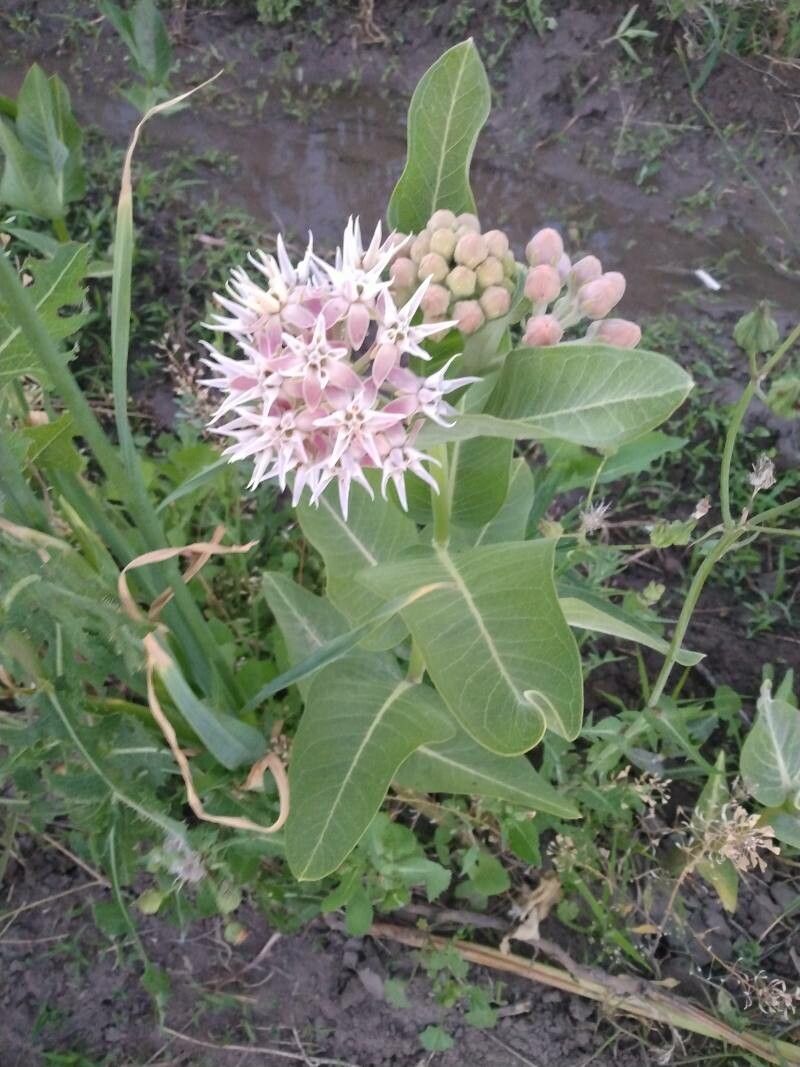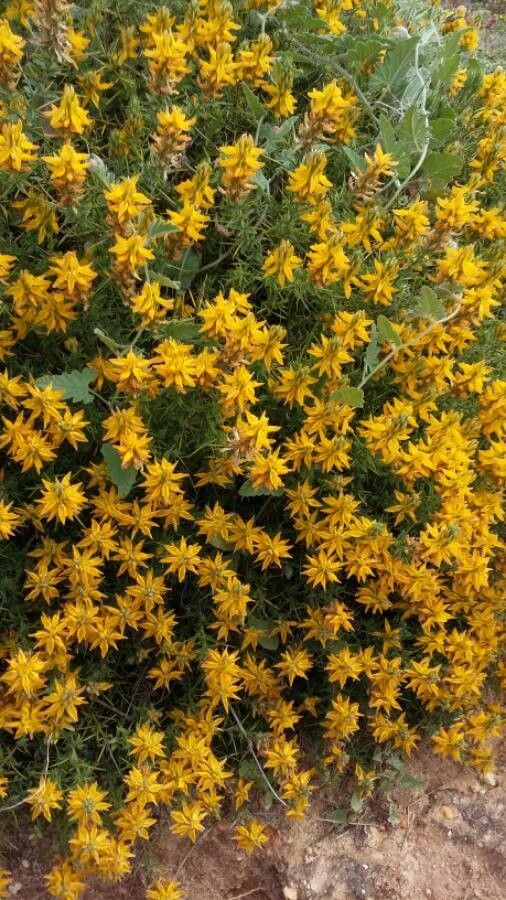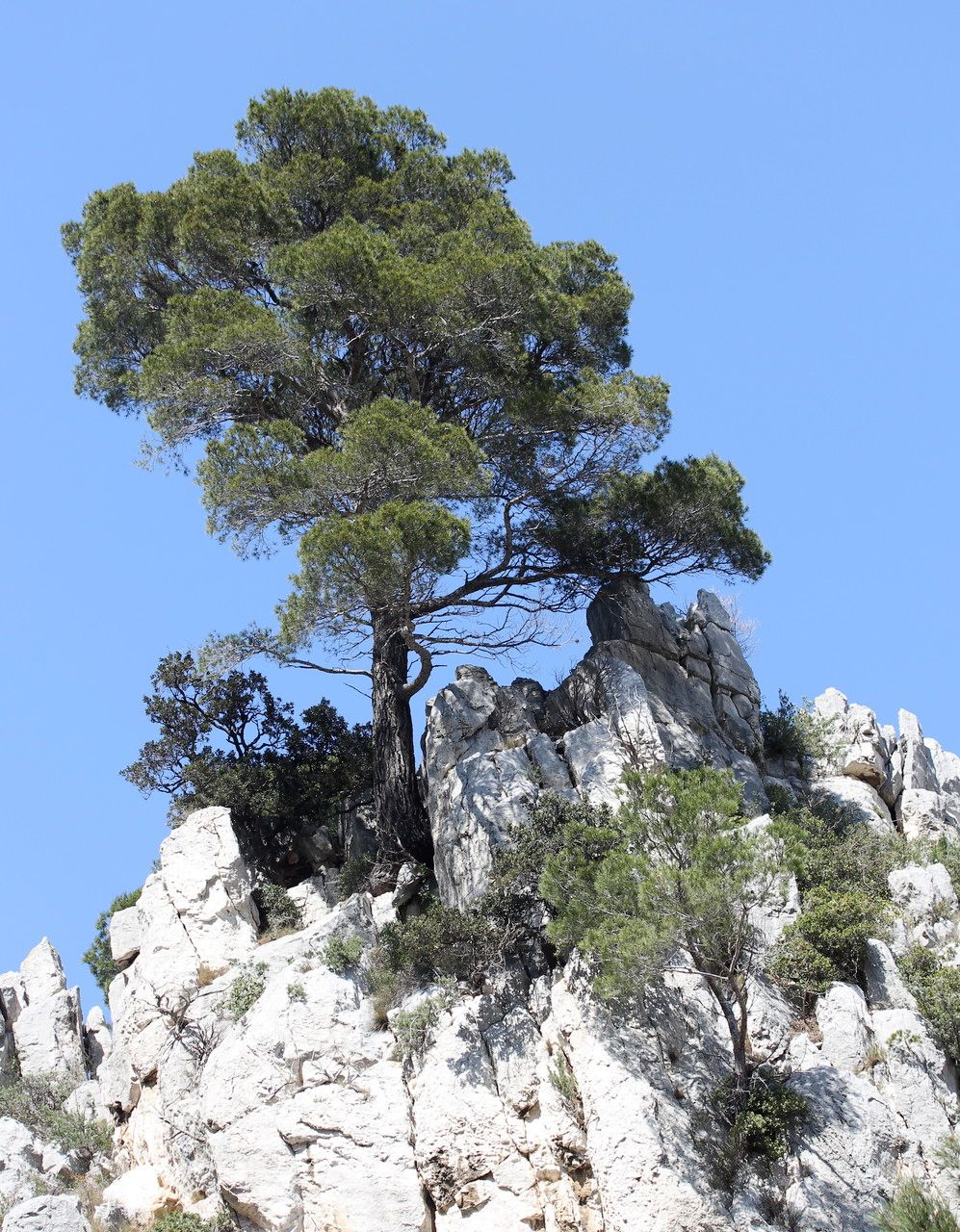## Greek Milkweed: A Gardener's Delight
Greek milkweed, a captivating member of the *Apocynaceae* family, is a perennial plant prized for its beauty and ecological importance. Unlike some of its milkweed cousins, Greek milkweed offers a unique aesthetic appeal, making it a desirable addition to any garden. This comprehensive guide will equip you with the knowledge to successfully cultivate and enjoy this remarkable plant.
### Botanical Information
Greek milkweed, often found under the scientific name *Asclepias syriaca* (although this is sometimes debated and other names may be used), boasts striking features. Its clusters of pale pink to lavender flowers attract a plethora of pollinators, including butterflies and bees, making it an invaluable asset to any pollinator garden. Its leaves are typically lanceolate, possessing a soft, velvety texture. The plant produces seed pods, containing numerous seeds with silky hairs, further enhancing its visual interest.
### Habitat and Growth
Greek Milkweed thrives in a variety of conditions, demonstrating remarkable adaptability. It prefers full sun to partial shade, tolerating a wide range of soil types. While it will grow in poor soil, it performs best in well-drained, fertile soil that is slightly alkaline. It's crucial to avoid overwatering; allow the soil to dry slightly between waterings, preventing root rot.
### Planting and Care
Planting Greek milkweed is straightforward. Start by selecting a location that receives at least six hours of sunlight daily. Prepare the soil by removing any weeds or debris. Plant the seeds directly into the ground in spring after the last frost or start seedlings indoors several weeks prior. Maintain consistent moisture throughout the growing season, but avoid soggy conditions. Deadheading spent flower heads can encourage more blooms and prevent self-seeding.
### Propagation
Greek Milkweed can be propagated from seed or by division. Seed propagation is relatively easy, but requires patience, as germination can be unpredictable. Division, best done in early spring or autumn, is often more successful and allows for a quicker establishment of new plants. When dividing, ensure each section has a healthy root system.
### Pest and Disease Management
Greek milkweed is generally resistant to pests and diseases. However, occasional issues might include aphids or leaf spot. These can typically be managed with organic pest control methods or by removing affected plant parts.
### Ecological Significance
This plant plays a vital role in supporting local ecosystems. As a host plant for monarch butterflies, it provides essential sustenance for their caterpillars. Its nectar-rich flowers attract a wide array of beneficial pollinators, enriching biodiversity in the surrounding environment.
### Conclusion
Greek milkweed offers a unique combination of aesthetic appeal and ecological benefit. With its relatively easy cultivation and remarkable adaptability, this stunning plant is a worthwhile addition to any garden, attracting butterflies and enhancing the overall biodiversity of your outdoor space. Remember to choose the right location and provide adequate drainage for optimal growth.
Greek Milkweed: Planting, Care & Guide

Frequently Asked Questions
How do I care for Greek milkweed?
Greek milkweed is relatively low-maintenance. Provide at least 6 hours of sunlight, well-drained soil, and consistent moisture (avoid overwatering). Deadhead spent flowers to encourage more blooms.
What kind of sun exposure does Greek milkweed need?
Greek milkweed thrives in full sun to partial shade. Aim for at least 6 hours of direct sunlight per day for optimal growth and flowering.


